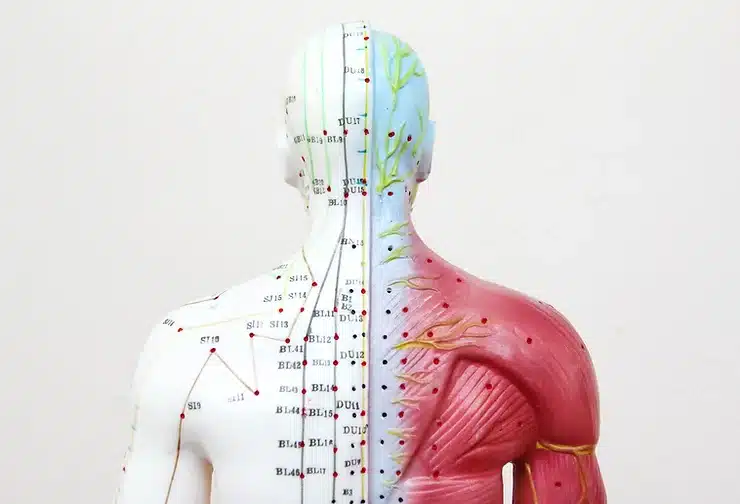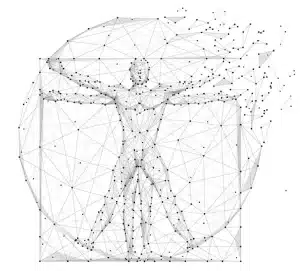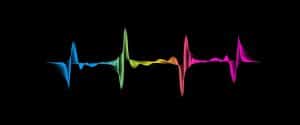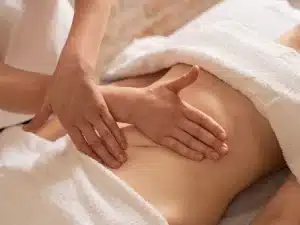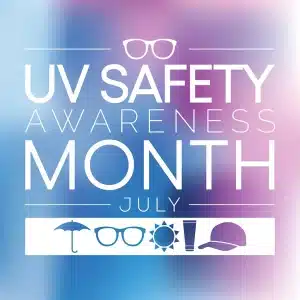By Dr. K. Bradley Lenz, LAc, DACM
An Integrative look and classical acupuncture treatment
The last decade or two, there has been a trend in the Bodyworking/ Anatomy and Physiology world focused on fascia and sinews. It’s the most exciting new area of study in Anatomy & Physiology, with the Fascia Research Congress only meeting for their sixth annual gathering this year, missing a couple years for COVID. For instance in 2017 a new cell type was discovered in this system that create sliding interfaces of fascia. It’s a brilliant group of professionals and institutions worth checking out, if that’s a thing you enjoy (Fasciaresearchsociety.org).
In the Chinese Medicine world, treatments dedicated to fascia or sinews, have been documented since 220 BCE. This article will assemble a brief integration of what we know about it through science, and Chinese Medicine, but will largely avoid the lore and rumors about its unsubstantiated functions.
Fascia Anatomy
The discoveries of basic biology, biochemical and biomechanical functions are mounting after the fascia system was long dismissed by anatomists as excess material to cut through in order to find the comparatively eloquent muscles, tendons, ligaments, organs and bones. In a cadaver, surrounding certain cuts of meat, fascia looks tough, confusing packing material. Given what we knew when Grey’s Anatomy was first published, it made for a much shorter chapter with less exciting illustrations.
Fascia is a dynamic, interconnected, sliding, penetrating, network of fibers that run superficially between skin and muscles, around muscles groups and bundles, as well as deep to muscles and other structures. Think of a wetsuit beneath your skin, woven into the muscular and skeletal system. It’s regulating and supporting all our movements, wound healing, fluid regulation, and general integrity and responsiveness. Check out this video if you want to know more.
The catch to why we are only recently discovering new things about our basic anatomy is that certain theories garnered enough attention to deserve scientific substantiation, dissection and observation techniques advanced, and some of the hypotheses became fact. Within this system are distinct trains of fascia, which carry a continuous balance of tension known as transegrity, that creates the shape of our bodies and the movements that are made.
So to recap, up close fascia look like a mesh of fibers, back up a bit we see trains that glide across areas and weave into other areas, and at large, it looks like a wetsuit that covers every inch of surface area below the skin and above the skeletal system.
Tom Myers, author of Anatomy Trains has postulated (currently just a hypothesis) that our understanding of our movements being navigated by a body with 640 muscles firing independently from Brain-based commands via the nervous system is perhaps misleading. A more appropriate model is one where we understand movement as electric impulses communicated across the fascia and it’s trains of tension gliding across one another and firing in a continuous mass orchestration, what one muscle system and it’s thousand plus origins and insertions shall do.
As our beloved bosslady Tabatha has said “muscles are stupid; they only do what they are told.”

Acupuncture and Fascia
What Acupuncture can do with the fascial system is mind blowing. Fascia, or sinews as they are classically known, controls shapes, movements, tensions, moods, and our immediate response to external pathogens. When the treatment is complete there is a reshaping of the channel by BOTH releasing tightness and firming up laxity. …Wait, Laxity?! Yes! Areas that droop, or flap, like upper arms, or abdominals that seem non responsive to work outs, can become reintegrated to our bodies, letting life and warmth back in!
Sinew channels exist just below the skin and above the muscle, and are defined in writing in classical texts dating back to 220 BCE, which states that this is where Yang Qi (think warmth) circulates. Sinew channels have one fixed point at the end of the channel, and a broader area they cover that looms a layer above the acupuncture meridian before anchoring at the skull or trunk of the body. When those pathways are engaged they will create a specific movement, holding, or posture. Along with that, they “hold” potential for an emotional mood, which is released when treated so new emotional space can be held.
The GallBladder Sinew Channel (GB)

Let’s take the Gallbladder Sinew channel: it controls the motion of twisting, which then allows us to divert from the straightaway (or stuck) and navigate obstacles of life. The mood of the GB sinew is “indecision” or “inability to navigate obstacles”. The “external invasion” it helps protect from are Cold or Warm Dampness, so think of a cold or fever with damp, phlegm, gunk stagnating and complicating things, trapped in an area that’s slow to resolve, bogging us down.
Treatment protocol
The system of Sinew Channel Acupuncture works with a very specific protocol, although the location of the points being needled are more broadly defined. To treat these channels, we use warmth to prep the body and bring the Qi into that sinew (just below the skin) level, so expect some hydrocollator packs or hot towels on your back.
There are usually four needles or so that will be inserted and retained along the channel at the “binding points.” The other needles we use create the magic of the treatment. We palpate and needle along the channel any spots that are painful, tight, cold, or flaccid in an acute way, then add more warmth and continue. The acupuncture needles enter superficially to engage the sinew and are then inserted at a shallow angle or curved, once past the skin (don’t worry, this doesn’t hurt, as the fascia layer has less nerve endings than the skin or muscle layer).
The needle technique yields a trimming of fibers of the endlessly interconnected fascia, which at certain moments releases its grip and settles in a more comfortable place, sometimes instantaneously. The results can be immediate pain decrease, movement patterns align and track along more efficient paths so you move easier and feel awakened.
I have successfully treated a number of conditions using this system including chronic low back pain, chronic reinjured strains, acute sports injuries, acute fever, acute headaches, vertigo, post surgical numbness and pain and other iatrogenic pain issues. Personally after having been an exhausted graduate student/parent, I have used this system as one way of maintaining my “shape” and have kept my lower belly “tire” “deflated” using these treatments.
The prognosis gets better if you do a few treatments, no more than a week apart. The reason is that as these treatments change our shape, our brain hasn’t developed an immediate way of moving or posturing differently, so we are reinforcing the work.

